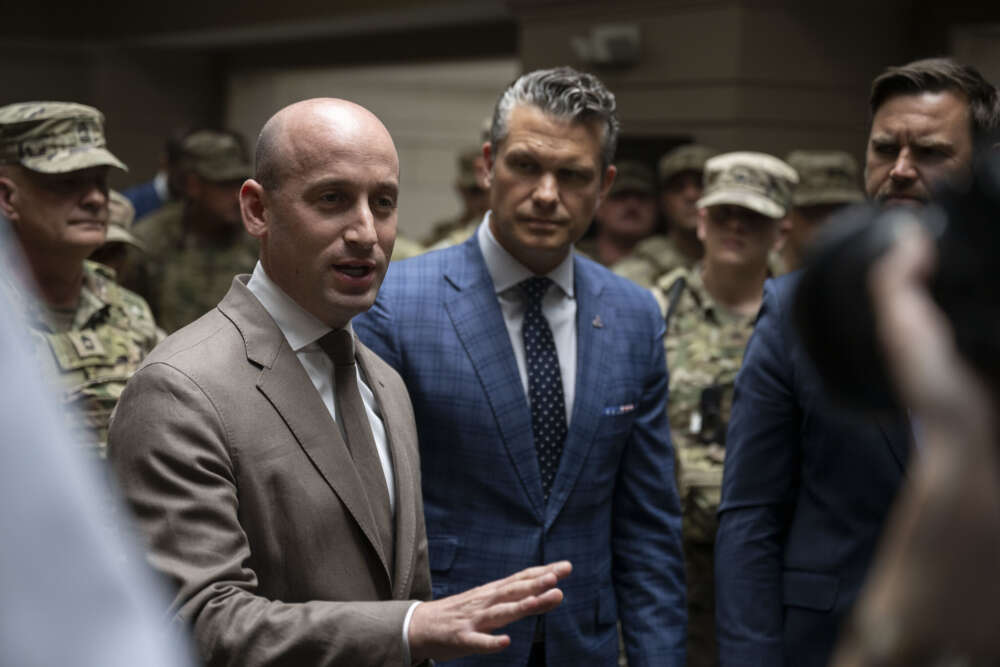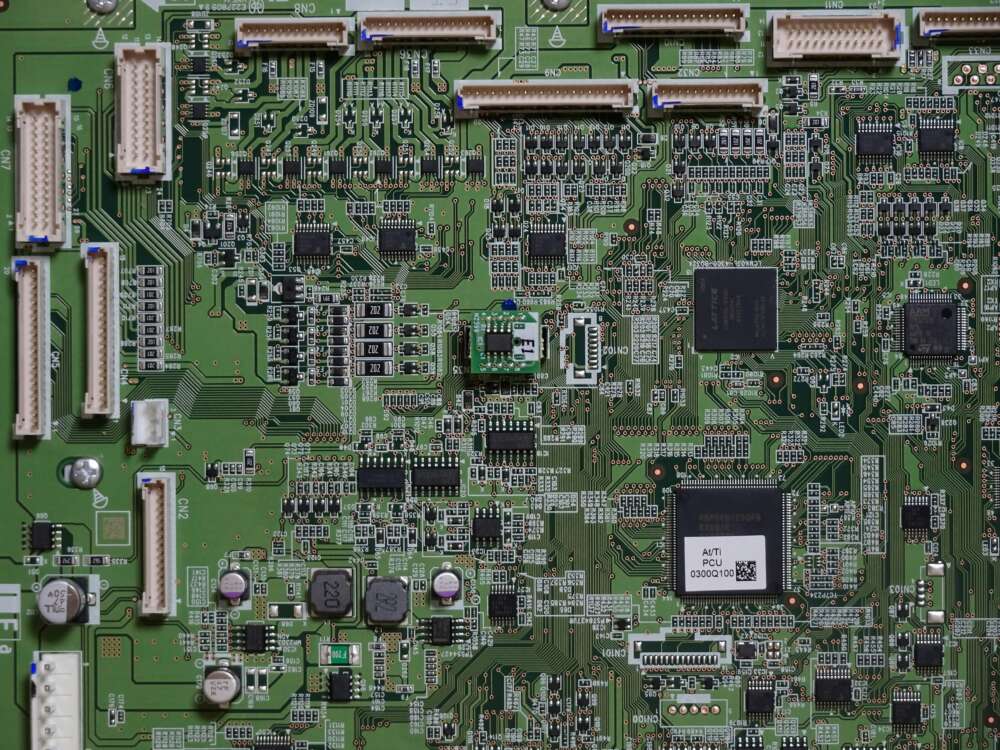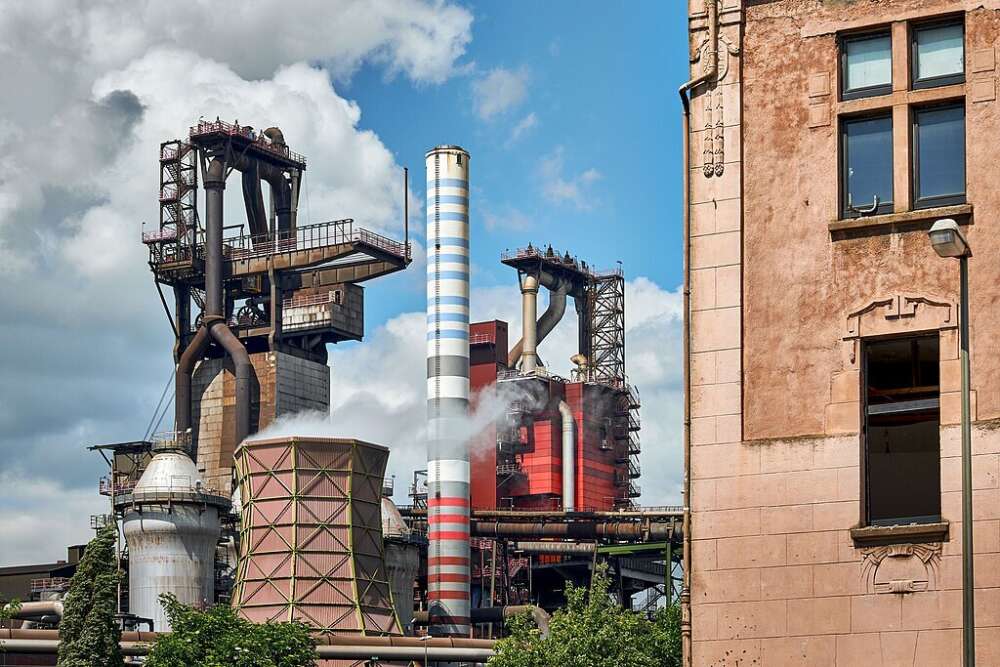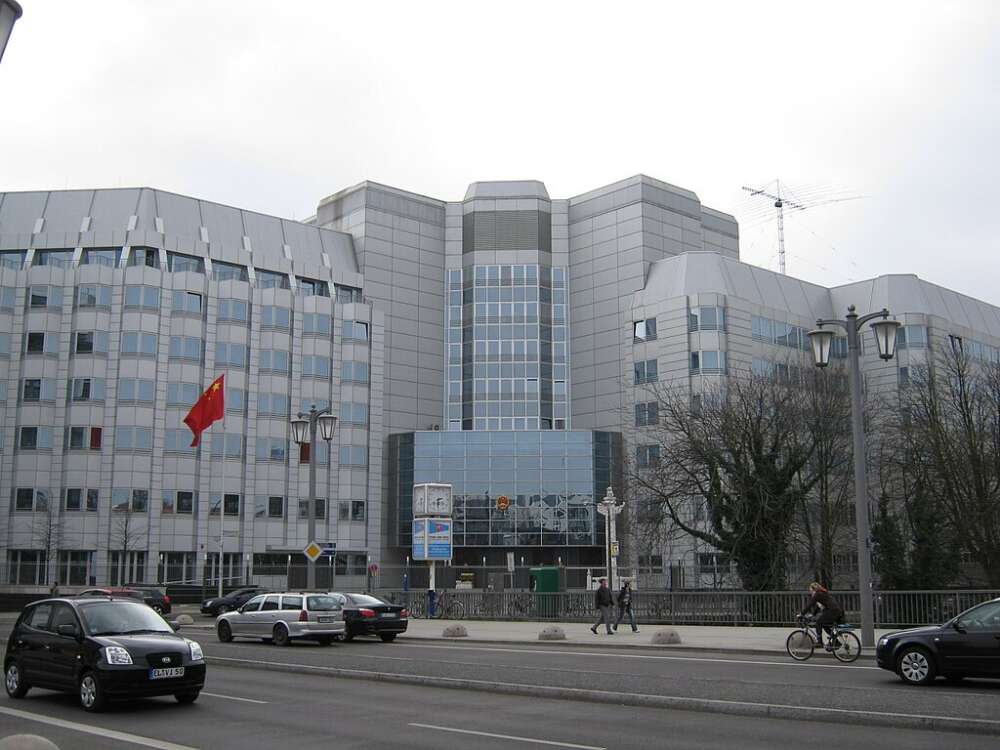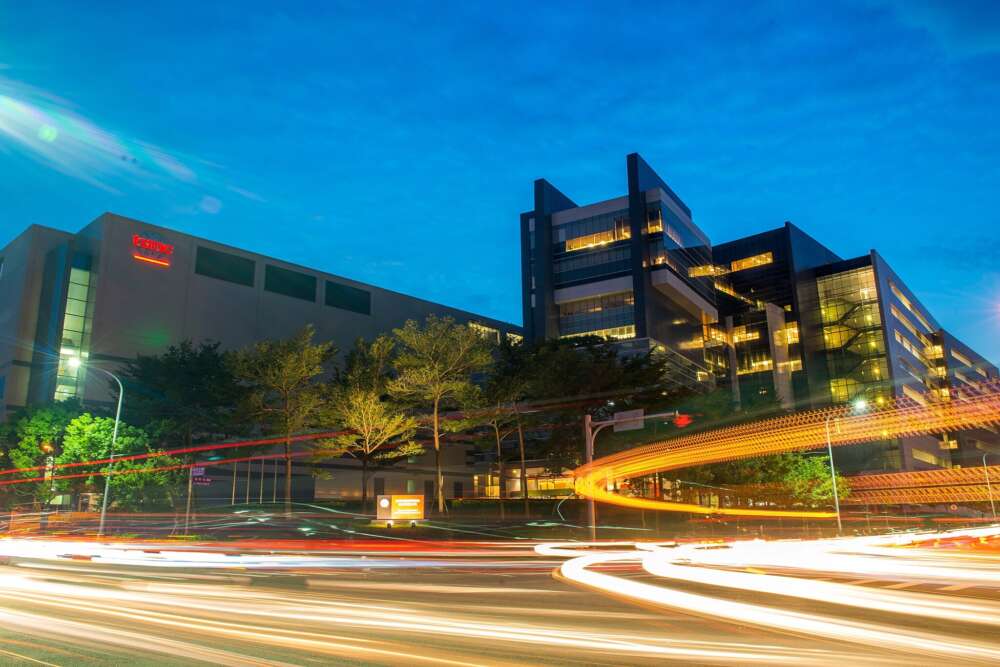India at the Polls: A Primer on the World’s Largest Election
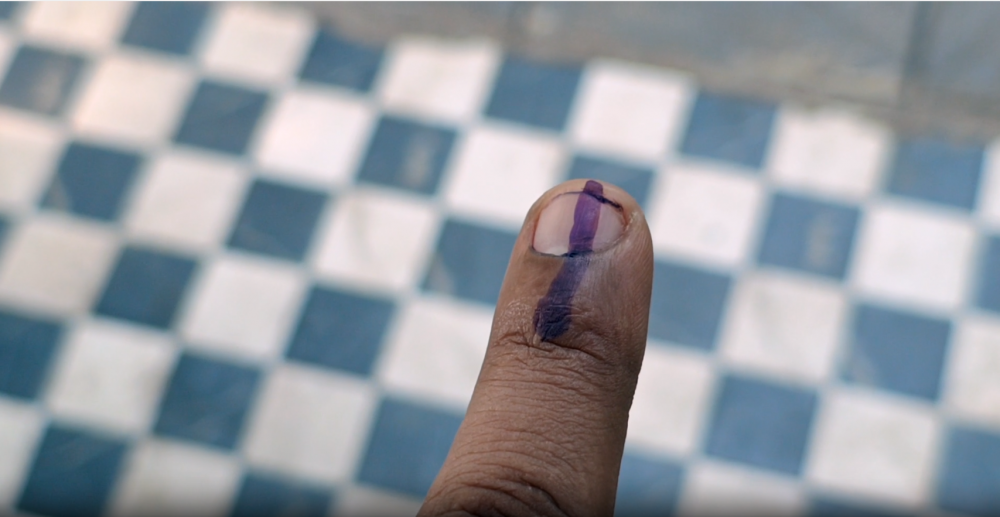
This year has been billed as the election year, with more than four billion people worldwide eligible to vote in an election. A quarter of these voters – nearly one billion – are in India alone, where a massive exercise in democracy is underway. The size and scope of the Indian election is unmatched anywhere else in the world, and the outcome will have an impact far beyond the Indian Ocean region. GPPi’s Joel Sandhu decided to answer some of the questions on the minds of GPPi staff about how the world’s most populous country votes in the world’s largest democracy.
Just how big is this election, really? How many people will go to the polls and what will it take to make the election happen?
Indian voters will be polling to elect 543 members of the lower house of parliament (Lok Sabha), which in turn decides who will become India’s next prime minister. The incumbent, Narendra Modi of the Bharatiya Janata Party (BJP), is seeking a rare third consecutive term in office. Voting will take place over six weeks in seven phases across the country, ending on June 1. Results will be announced on June 4.
Around 969 million citizens are eligible to vote in this election. Nearly half the electorate is female (471 million) and around 18 million are first-time voters (although only roughly a third of them have registered). Here are more mindboggling numbers: nearly 1.5 million polling booths with over 5 million electronic voting machines have been set up across the country, watched over by 15 million election officials and security personnel. And according to the Election Commission of India, there are six national parties, 57 state parties and 2,764 unrecognized parties involved in this election.
How does India ensure an election this big is fair and unbiased?
This may be the most expensive election in the world, according to The Economist. The cost associated with India’s election could exceed the $10 – 16 billion that is likely to be spent in the US by the end of this year. A lot of money has been spent on organizing campaigns and getting voters to attend political rallies across the country, not only by directly paying for transportation but also through free handouts like lunches, kitchen appliances, saris, and more. Voters will take the freebies from all the political parties no matter who they are. But most will vote for who they want, so we should not expect these handouts to affect voting behavior.
In general, the Indian population has high confidence in the country’s election process and in the country’s Election Commission. The elections are closely monitored and there are strict identity card checks by party cadres at the polling stations. To prevent repeat voters and fraud, India has for decades used a kind of purple ink, made primarily from silver nitrate, to mark voters’ index fingers after they cast their ballot. The ink stains the skin and fingernails and is almost impossible to remove for about two weeks. To prevent tampering, there are military officials across the country protecting electronic voting machines. They also make sure that anyone who is of age, has an identity card and is registered to vote can cast their ballot.
Now, who pays for what in these elections is unclear. There are individual donors involved, like companies who want to support a certain party. But it is unclear exactly whose money is being dispersed and how. In that sense, election financing is quite shadowy in India. The BJP’s opponents say they have been denied a level playing field, with many leaders raided by federal law enforcement agencies. The opposition Congress Party said tax authorities had frozen its bank accounts for six weeks, hampering its campaign finances. Some opposition leaders, including popular Delhi Chief Minister Arvind Kejriwal, have been jailed on corruption charges that are allegedly politically motivated. So while elections in India are free, the question of whether they are fair is a different matter.
Still, when the Election Commission of India says “every vote counts,” they mean it. Their aim is to place a voting booth within two kilometers of all of India’s registered voters so they can exercise their franchise. That means polling booths are being or have been set up even in the remotest corners of the country, from its mountaintops and coastal areas to its marshlands and deserts. The staggered voting process allows different regions to be covered on different dates, so that polling officials and equipment can be moved across the country’s 28 states and eight union territories. This takes time but it does not hamper the governance of the country. People accept it because of their confidence in the overall integrity of the election process.
Who are the key figures in the election to look out for?
The elections will decide the fortunes of thousands of candidates from the six national parties including the BJP, the Congress Party, the Aam Aadmi Party, and the Communist Party of India. There are also dozens of state-level parties and thousands of smaller parties. The first key figure is, of course, Prime Minister Modi of the BJP party, who is eyeing a third consecutive term and is the frontrunner. If Modi wins, he will equal the record of Jawaharlal Nehru, the first premier of independent India.
The second candidate to watch is Rahul Gandhi, the leader of the Congress Party and the most prominent opposition leader – even though he has never won a national election or served as a minister. His prominence is linked to his lineage: his great-grandfather was none other than Nehru, and his grandmother and father (Indira Gandhi and Rajiv Gandhi) both later served as prime ministers of India. The Nehru-Gandhi family is not related to Mahatma Gandhi, but it has been involved in governing the country for 40 of the 77 years since India’s independence, traditionally through the Congress Party. While the BJP’s power and influence has risen over the past decades, Congress’s has waned. Rahul Gandhi has been called the “reluctant leader,” though he has worked hard to counter this image. Nonetheless, polls put Congress far behind the BJP.
The third is Arvind Kejriwal, the Delhi chief minister, who is currently in prison. He rose to prominence as an anti-corruption champion with the Aam Aadmi Party (AAP). The AAP beat both the BJP and Congress thrice in a row to control the capital. However, his imprisonment will likely hurt the AAP’s election campaign.
Which states are worth paying special attention to?
Pay attention to Uttar Pradesh (UP). With more than 240 million people, it is India’s most populous state. UP sends 80 MPs to parliament, more than any other. As the saying in India goes, “the way to Delhi is through UP.” Eight of India’s past prime ministers trace their roots to the state, and Modi chose UP as the location to launch his party’s 2019 election campaign.
Other states with a large number of seats are Maharashtra (48), West Bengal (42), Bihar (40), and Tamil Nadu (39). It will be interesting to see how the BJP does in India’s southern belt. The party invested a lot of time and effort to increase its popularity in the region, where support for the BJP is traditionally lower than in the north.
What are the main policy issues on the minds of the Indian electorate?
The key issues will include the economy, jobs creation, India’s welfare state, divisive politics, and the state of the country’s democracy. India’s GDP is growing at a rate of 7 percent, making it the world’s fastest growing major economy. Last year it overtook the UK to become the fifth-largest economy in the world; and it is on course to surpass Japan and Germany by 2027 and take the third spot behind the US and China. Nonetheless, the wealth gap in India is widening and the country has one of the world’s most unequal income distributions. The sway of Prime Minister Modi’s promise to make India “a developed nation by 2047” will be put to the test at the ballot box.
Many of the eligible first-time voters between the ages of 18 and 19 will be thinking of jobs. Around eight million young Indians enter the labor market annually, but millions of them struggle to find work. While the government claims that unemployment has decreased in the last five years, experts point out that most new jobs are low-paying day jobs such as in the agriculture sector, or else that they are counting women doing unpaid care work.
India does have a mammoth welfare state. The current government claims to have invested hundreds of billions of dollars to support poor families, reaching more than 900 million Indians. A number of states have followed suit and invested in welfare schemes. However, it is questionable whether free bags of rice, money to build toilets, or sanitary wares for women will translate into votes for the BJP.
India also has a long history of division and violence along religious lines. Critics say that this has deepened over the years under Modi’s government. They say India is increasingly becoming a Hindu state and that its Muslim minority is being marginalized and subjected to faith-based violence. India’s secular status is thus under scrutiny during this election.
Democratic backsliding is another hot issue. The elections are being held at a time when opposition leaders, activists and rights groups accuse the Modi government of threatening India’s democracy. The BJP’s critics have accused the government of spying on the opposition, clamping down on press freedom, constraining the parliament and judiciary, and charging opposition leaders with politically motivated criminal offenses.
What is Hindutva? And how does the Indian electorate relate to the country’s tradition of “secular democracy”?
When Modi addressed a crowd of supporters after inaugurating a new temple to Ram, in Ayodhya on January 22, 2024, he claimed the new construction was “not just a divine temple” but “a temple of India’s vision, philosophy and direction.” Equating Hinduism and India in this way is one of the key tenets of Modi’s ideology: Hindutva, or “Hinduness.” Followers of Hindutva believe in the hegemony of Hinduism in India. They consider Hindu and Indian culture to be one and the same. Critics fear the BJP wants to turn the country from a secular state into a Hindu one, while ardent BJP supporters claim they are trying to establish a Hindu national identity that has for centuries been suppressed by what they see as Muslim and British invaders. When BJP officials talk of the “need to decolonize India,” they have in mind the arrival of the Mughals, not just the British.
Secularism in India means something different from how it is understood in most European countries or the US, where religion and state are clearly segregated. Secularism in the Indian context allows the Indian government to intervene in religious matters to make sure no one religion has a special leg up relative to others. It moves in the direction of securing basic guarantees to religious majorities and minorities alike. But hardcore Hindu nationalists take issue with the Indian constitution as it stands, which they see as placating religious minorities (like Muslims, at 14 percent of the population; or Sikhs, at 2 percent) at the expense of the religious majority (the 80 percent of Indians who are Hindu).
What is the most probable outcome of the election?
According to analysts, it is highly probable that Prime Minister Modi will win the rare third consecutive term. The BJP is building on several factors that play in its favor, including a strong leader in Modi, a growing economy, a welfare state that caters to hundreds of millions of Indians, and India’s rising international stature – something many Indians take pride in.
Challenging the BJP is the main opposition Congress Party, and its newly formed Indian National Developmental Inclusive Alliance (INDIA), a big-tent multiparty political alliance. But Congress has been languishing since Modi came to power a decade ago and the INDIA alliance is starting to show cracks, with defections, infighting and local competition between allied parties.
Unless something goes catastrophically wrong for the BJP before June 1, when polling ends, we should expect the BJP to run a tight ship over the next weeks and cross the finish line on top.
Will Modi and the BJP reach their goal of 400 parliamentary seats?
Earlier this year, Modi made an ambitious prediction in parliament: that his BJP party and its allies would win 400 out of 543 parliamentary seats. It was a bold statement and is unlikely to happen. In the last election in 2019, the BJP won 303 seats, a strong parliamentary majority, largely through support in India’s central and northern states. But Modi’s Achilles heel also became apparent: India’s skeptical south.
The five southern states hold 131 parliamentary seats, and they have so far proven immune to the BJP’s Hindu nationalist politics. There are two reasons for this: First, there are numerous other political parties in India’s southern belt that have a long history of representing their respective constituencies in the Indian parliament, and they do not espouse the Hindutva philosophy of the BJP. Second, India is a diverse country with many languages, cultures and religions. Indian voters from the south would like to retain this uniqueness. Modi’s Hindutva approach runs contrary to this by trying to make India look as if it is the nation of one people. Taken together, it is unlikely that the BJP and its allies will win 400 seats. If they win 300 and a third consecutive mandate, that alone would be a historic achievement.
How will the election impact India’s international stance, like its position toward Russia, or its broader approach to cooperation on global issues?
Whoever becomes the next prime minister of India will want to capitalize on India’s rising global stature and position in the international community. The Indian government will want to play a cooperative and constructive role in international affairs while deciding for itself when to act alone, when to collaborate in partnership(s) and in what constellations. These decisions will depend on the issue at hand.
Indian foreign policy is no longer principally an elite preoccupation. Conversations about India’s role in the world can be heard on street corners and at the dinner table. This downward penetration of foreign policy is evident in many ways. Campaign posters in cities and towns across the country hail India’s G20 presidency, where Modi was seen shaking hands, hugging, laughing, and in deep conversation with other global leaders. India is also playing up its role as the voice of the Global South. Its external affairs minister is regularly asked by his party’s regional leaders to speak to rank-and-file members about India’s standing in the world.
The fragmentation of the international order has created space for India to flex its foreign policy muscle. China’s increased assertiveness and coercive politics have become a key preoccupation of Western and Asian leaders who, in turn, have accelerated their courtship of India. Although India did not explicitly condemn Russia’s invasion of Ukraine, its Western partners seized the moment to try to discourage India from purchasing Russian defense imports by casting doubts on Moscow’s reliability. India’s growing economy, increased relevance in multilateral negotiations devoted to tackling global challenges, and its strategic geography in the Indian Ocean Region have made it an indispensable partner for nearly all major powers.
